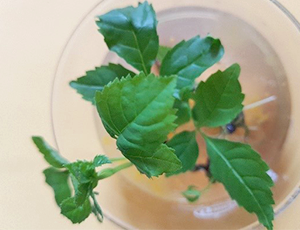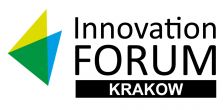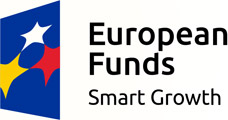
The subject of the offer is a method of manufacturing of composites intended as electrode materials. These composites are built of electrode phase nanoparticles (e.g. metallic or metal oxides) and a carbon matrix on the basis of bacteria' biomass. Living organisms serve both as the component capable to capture the nanoparticles from the environment, and a source of biochar to produce support providing high dispersion and stabilization of nanoparticles, as well as a high electrical conductivity of the material.
Application: electrocatalytic active electrode materials, e.g. in ORR reactions; energy storage (supercapacitors).
In recent years, due to the widespread opportunities of their application, composite materials built of functional nanoparticles deposited on carbon material have attracted great interests of the science community. It is well-known that the activity of electrode materials is affected by both chemical nature, morphology, dispersion of active phase nanoparticles, and the features of the carbon support itself. However, the methods of synthesis of this type of systems used hitherto are multistage and usually entail the use of environmentally harmful precursors. The key issue is the manufacturing of high-quality electrode material, with easy electrical charge transduction by controlling the basic physicochemical properties and providing good electrical contacts in the nanoparticle-carbon material-current collector interface.
The solution is the newly developed method of manufacturing of composite materials based on bacterial biomass. The essence of the solution is the use of microorganisms of various sizes, morphology and elemental composition for the preparation of 2D and 3D composites.
The specific features of microorganisms, related to the electric charge of their cell walls are employed for the capture of nanoparticles and surface coverage (the presence of polar functional groups on the surface). The ultimate composite (carbon material-nanoparticles of inorganic substance) is obtained by the pyrolysis of cells decorated with adsorbed nanoparticles. The ultimate materials are composed of a carbon matrix in which the inorganic nanoparticles are dispersed as 3D or 2D systems.
The vital advantages of the technology:
- facile procedure of manufacturing of carbon support with a various share of graphitic/amorphous carbon;
- ease of tailoring of the characteristics of ultimate material (3D or 2D composite);
- possibility of doping of the composite with a chosen metal based on the natural ability of its accumulation by bacteria;
- no need to use a binding agent.
The offered solution is a subject of a patent application. The development of the invention was conducted by the scientific staff of the Faculty of Chemistry of the Jagiellonian University. Currently, the Centre for Technology Transfer CITTRU is looking for entities interested in licensing and application of the technology described above.
information / broker of Jagiellonian University



























